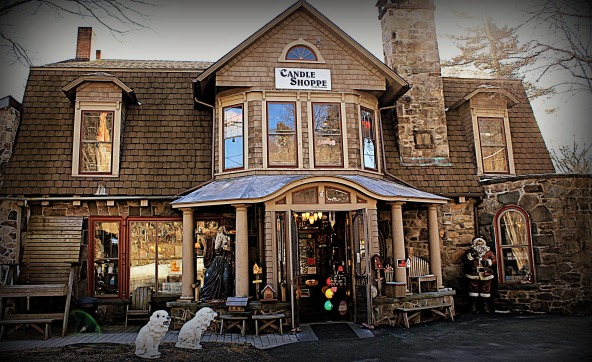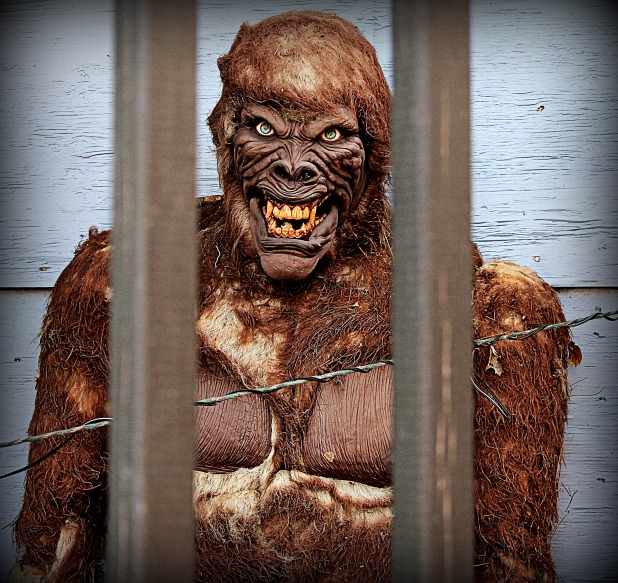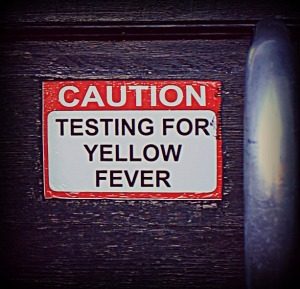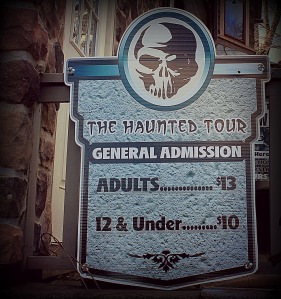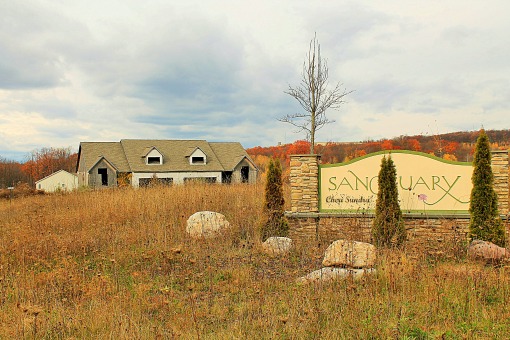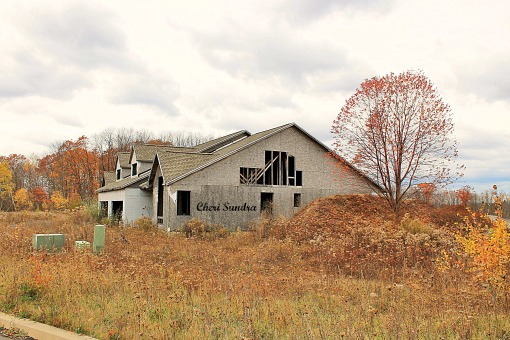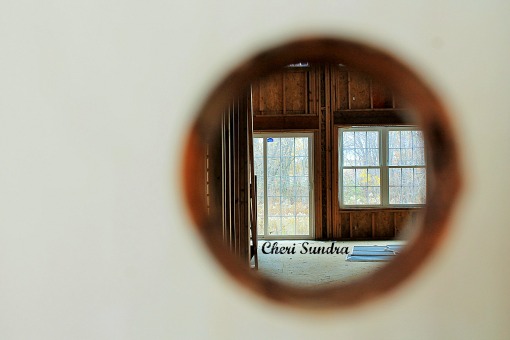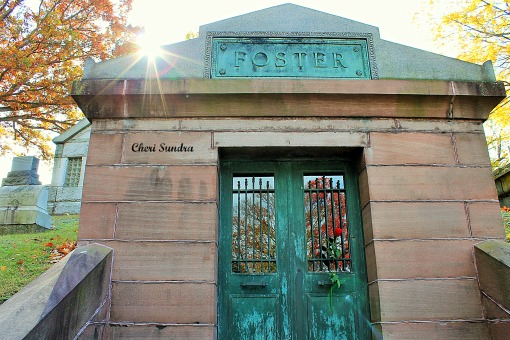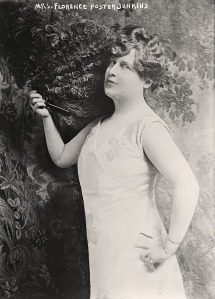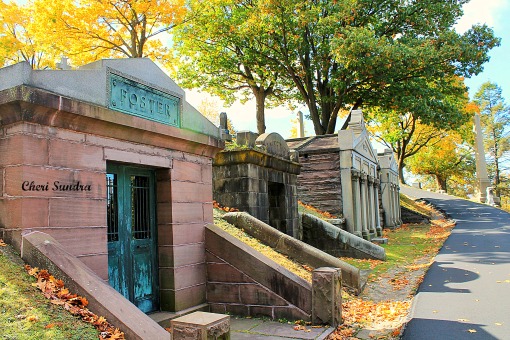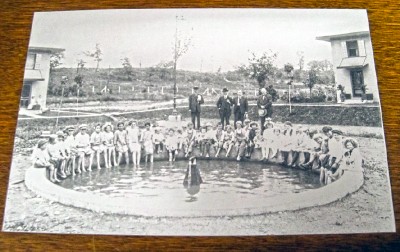Welcome to Cellblock 3: The Ghosts Here Are Probably Coughing
Frequent visitors to Eastern State Penitentiary (ESP) in Philadelphia are familiar with the red cross on the gate— it’s the cellblock that visitors have been trying to sneak into for 20 years! Cellblock 3, known as the hospital wing, has long held the public’s curiosity. Abandoned for many years after the prison closed in 1971, it’s now open to the public for guided tours. Visitors have long wished to explore this space, but its severe deterioration has made touring the hospital block almost impossible – until now.
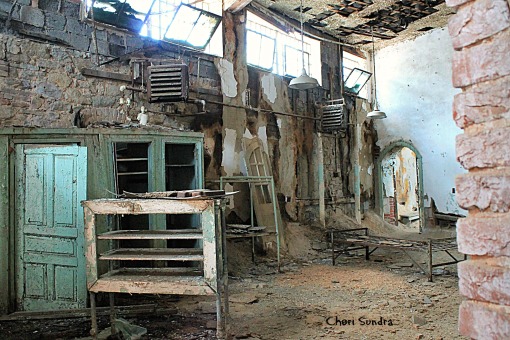
Opportunities to step past that head gate with the iconic cross have been few and far between. In the past, ESP has offered rare glimpses of the space with sporadic hard-hat tours, but the area was never stable enough to allow the normal foot-traffic of daily visitors. To allow the public to view Cellblock 3, staff and volunteers had to stabilize the crumbling cellblock, remove debris, and create an informational experience for tourists. The effort cost nearly $200,000 to complete. The bulk of the money was raised through private funds and their Halloween fundraiser, Terror Behind the Walls.

Now visitors can enter the former surgical suite that served thousands of prisoners, including Al Capone who had his tonsils removed there. During his imprisonment at ESP, Capone had two surgeries. The second was most likely a circumcision–a procedure that was utilized at the time for treating syphilis.

The rest of the hospital wing’s rooms are visible only from their doorways. Described as a “monument to misery”, the rooms reflect the myriad of maladies suffered by the prison population and the treatments available to them. The hospital wing treated typhoid, influenza and common colds, among many other ailments. It also treated injuries from accidents and violence that occurred within the prison. Visitors can view the laboratory, X-ray lab, hydrotherapy room and the psychiatric department, along with specially designed cells that were meant to aid in the treatment of certain conditions.
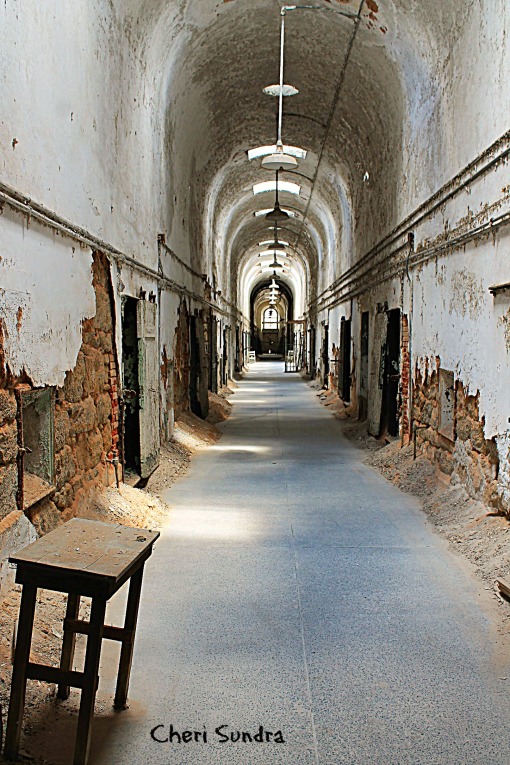
Known as one of the most haunted places in Pennsylvania, ESP was once the most famous and expensive prison in the world. Today it stands in ruin–a haunting world of crumbling cellblocks and empty guard towers. Some 47 years after it was shuttered and abandoned for its intended use, noise–now from tourists and not from shouting inmates–reverberates. If there truly are ghosts there – a concept promoted each fall in the historic site’s Halloween fundraiser — chances are they are coughing.
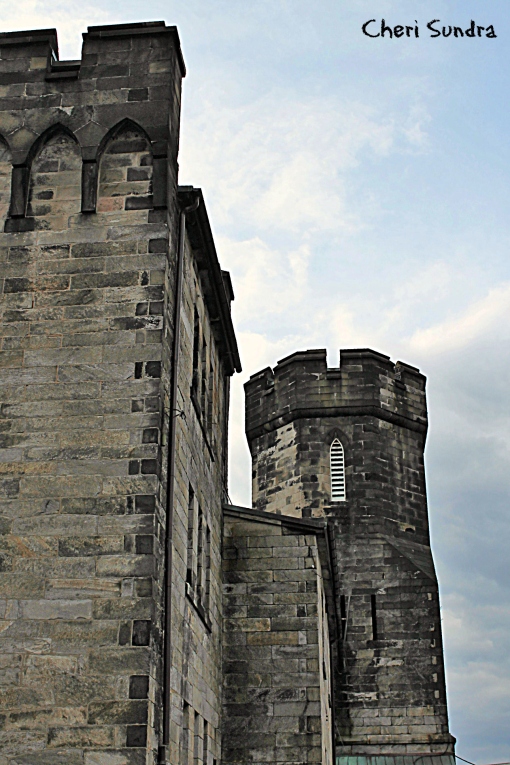
While in operation, tuberculosis was its most prevalent health issue inside the thick prison walls. Before antibiotics, there was no cure for tuberculosis. The prison was dark, damp, and crowded with coughs and sneezes filling the air. Inmates eventually diagnosed with the contagious disease were moved and quarantined in special cells called “solarium cells” that provided more access to light, ventilation, and fresh air. TB patients also had their own hydrotherapy room, gymnasium, and recreation yard.
Most of the deaths that occurred at Eastern State Penitentiary happened in Cellblock 3.
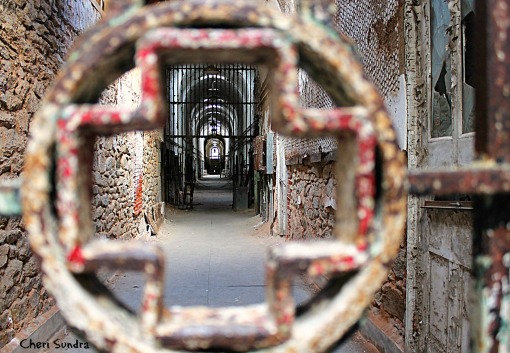
Follow Me On Instagram
~*~*~*~*~*~
Return To
GUERRILLA HISTORY Table of Contents
Cheri Sundra © 2018
All Rights Reserved



